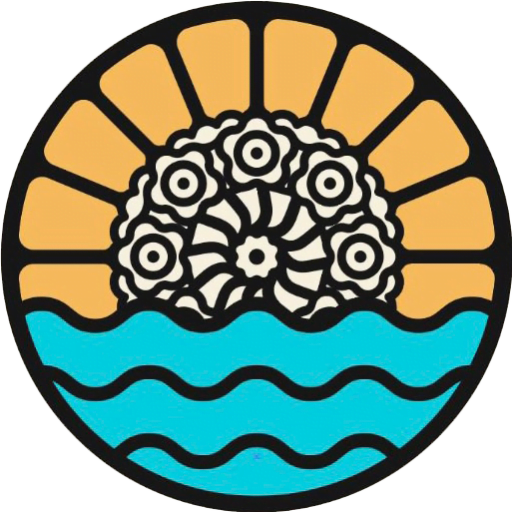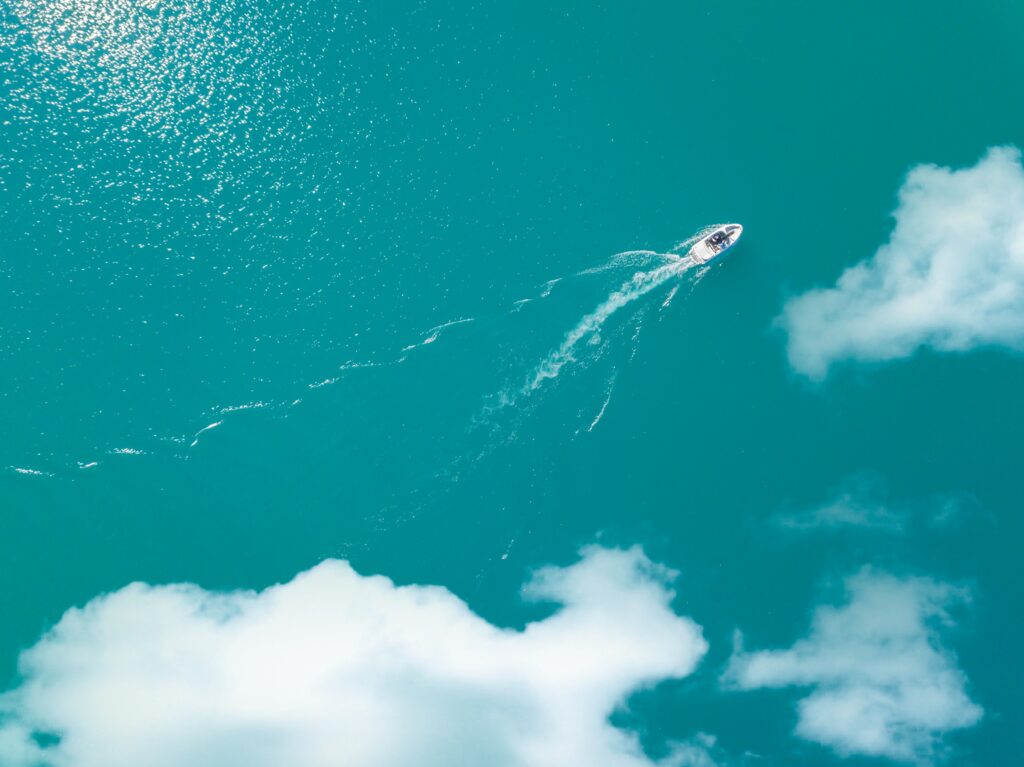You can discover them by taking a short drive from the city centers towards the interior of the island. That’s where everyone seeking an authentic experience and a glimpse of how life was lived on Hvar in the past will head. The best way to do that is by visiting the villages of Hvar. Between vineyards and lavender fields, along paths lined with stone walls and local roads, you will arrive in a completely different world where peace, tradition and nature prevails. And the pinnacle of it all is that you can get a glimpse of how islanders have lived there for centuries while, for example having lunch in one of the Dalmatian konobas here tradition and modernity seamlessly blend together.
The True Charm of the Mediterranean is Hidden in Hvar’s Villages

Let’s start with Pitve. Nestled on a gentle slope above Jelsa, it is one of the best-preserved villages on Hvar. You will be charmed by its almost unchanged centuries-old architecture. Stone houses, narrow paved streets, and small squares harmoniously blend into the untouched nature that surrounds them. Vineyards and olive groves bear witness to the traditional livelihood of the village’s inhabitants, who are now dedicated to tourism as well. During the autumn season, you can participate in olive and grape harvesting or learn about the production of olive oil and wine. Pitve has another special feature – the Pitve-Zavala tunnel, until recently, was the only connection between the southern part of the island and the town of Jelsa. This narrow tunnel, just wide enough for a single car to pass through, has become a popular tourist attraction, and it holds an interesting secret within its walls. In Pitve, it is pleasant even in the midst of summer, especially if peace and tranquility are high on your priority list. Even during the hottest days, you can enjoy a good night’s sleep due to the comfortable temperatures and abundance of fresh air infused with the aromas of Mediterranean herbs.

Vrisnik is one of the oldest settlements on the island. Its name is derived from “vrijes,” a type of aromatic herb. It is built on the slopes of a hill, with dry-stone retaining walls. Climb to the top of the hill where a row of centuries-old cypress trees leads to the Church of St. Anthony, offering a panoramic view of vineyards, olive groves, untouched Mediterranean nature, and the village of Svirče. For excellent refreshments, visit Konoba Vrisnik or Konoba Maslina.

The village of Svirče is situated in the heart of the Stari Grad Plain, at the foot of St. Nicholas, the highest peak on Hvar. Legend has it that the name derives from the Glagolitic word “svirati” (to play music). According to tradition, the first settlers were shepherds from Vrbanj who arrived in Svirče playing musical instruments and singing. The industrious hands of the people of Svirče have been extracting treasures from the surrounding vineyards and olive groves for centuries. Today, you can taste excellent wines at the Carić Winery and the Svirče Cooperative, while the Božić family takes pride in their modern olive oil mill. In the summer, the village is particularly peaceful as residents traditionally move to the southern side of the island, to Ivan Dolac. Svirče is also one of the stops on the fascinating cycling route of St. Nicholas.
Vrbanj is nestled in the center of the island, located in the hills between Jelsa and Stari Grad Long ago, the people of Hvar sought refuge in Vrbanj from pirates, and the remnants from the Roman era bear witness to the village’s long history of life. The residents also take pride in a popular uprising led by Vrbanj native Matij Ivanić against the nobility 500 years ago. An interesting fact is associated with Vrbanj’s more recent history. It was home to the large factory Pharosplastika, a subsidiary of Jugoplastika, which produced “botuni” (buttons) for Adidas bags. Who knows, you might have a button on your vintage Adidas bag made right here in Hvar. An ideal place to have lunch is Restaurant Bogo (we love their pizza).








